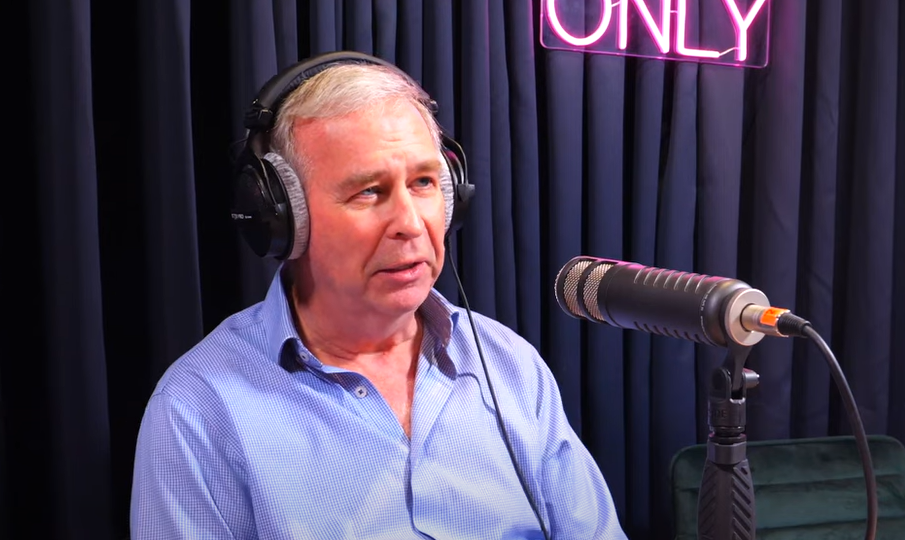Steve Young, managing director of the ICDP and an AM Awards judge, shares his thinking about the need - or otherwise - for scale in the UK's motor retail industry, and the likelihood of growing major groups facing obstacles from regulators and OEMs.
Following on from the news a couple weeks ago that the second largest dealer group in the US, Lithia Motors, was in discussions to acquire the UK group Jardine Motors, statutory filings revealed that TDR Capital, directly and through subsidiaries, had acquired over 3% of #4 UK dealer group Vertu.
This sits alongside their interests of over 20% in #3 group Lookers and their 100% ownership of #6, Marshalls Motor Group.
The combined UK market share of these three would be around 14% if they were consolidated.
By the standards of motor retail in large markets this would be an unprecedentedly dominant position and compares with for example the 0.5% that Lithia have in their US domestic market (with the ambition of reaching 2% by 2025).
This raises questions about scale and market concentration in automotive retail, and it is not only a question that relates to franchise dealer groups but also to parts wholesalers and some key intermediaries within the sector such as used car listing platforms, auctions, and DMS providers.
What are the real benefits of scale, to whom do those benefits accrue and what are the disadvantages of dominant players, and who suffers?
In a short blog I'm not going to try to get into some deep analysis around economies of scale and how the relevant markets operate, but it is still interesting and relevant to consider some of the key issues.
When competition authorities look at antitrust, they often turn to a measure called the Herfindahl-Hirschman Index (HHI).
This is calculated by summating the square of the market shares of the players in a market and if the total is more than 1500, it is generally considered to be moderately or highly concentrated and potentially anti-competitive.
When you calculate HHI in the automotive sector there are no examples that we have found where any particular segment would come close to this generally accepted benchmark.
Those active in the crash repair sector will often say that insurers are too powerful and in any market it is easy to name a handful of players who repairers would claim were too dominant, yet when we looked at this a few years ago, the insurer HHI score was in the range of 350-1250 for each of the seven largest European markets.
A rough calculation of HHI for UK motor retail currently - one of the most concentrated dealer markets in Europe - indicates a value of under 200.
This compares with close to 3,000 for financial services.
Despite this it is likely that any merger of the largest groups would result in an intervention by the competition authorities, and long before that manufacturers would be terminating the franchise agreements for their brands with the group who they perceived to becoming too large.
There is a general view that manufacturers like to be in a dominant position where they can dictate terms to smaller businesses who are not in a position to reject any unreasonable or unfair proposal.
This attitude definitely still exists, but at the same time there is a recognition by manufacturers that the large groups bring strengths in terms of their financial stability, process discipline and state of digital development to be the preferred partners, or at least a welcome part of the overall investor mix.
Similarly if you look at areas like parts distribution, service level is at least as important a competitive differentiator as price, or used car listing platforms where website traffic and ability to sell quickly has far more value than the cost of the listing.
Scale clearly offers advantages to the customers of those businesses.
The industry comes from a historical position where retailers, repairers and distributors were often family owned, owner operator businesses.
As the industry has evolved, and other pressures have built, such as the introduction of agency, higher levels of managed aftersales where the decision maker is not the driver of the car and digital integration where parts may be identified and ordered with much reduced human intervention, the need for consistency and repeatability has grown.
That does not say the smaller players are incapable of operating in this changed environment, but it does suggest that they will have to work harder and to some extent within constraints that they feel uncomfortable with, in order to be part of the new world.
At the other end of the scale, if we did end up in a situation where there were only a handful of large retailer groups, a small selection of large repair chains and a few national parts distributors, would this mean that the market became less competitive, particularly from a consumer point of view?
I would argue that if manufacturers take more control of new car retail, extend their reach into the older car parc through extended leasing offers and service plans that run for a decade or more, a large part of the market will become business to business, one where the grown-ups we'll be dealing with each other although the service will be provided to the consumer.
In this environment, it can be argued that there is a case to be a Gulliver rather than a Lilliputian.
This column first appeared on the ICDP's Blog.
















Login to comment
Comments
No comments have been made yet.